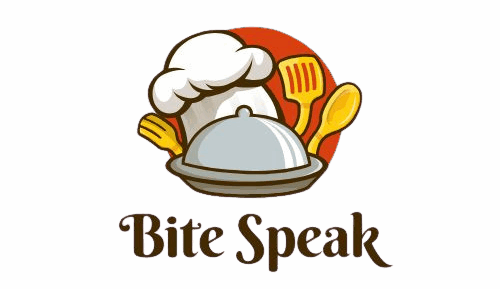6 Frozen Fry Mistakes That Ruin the Crunch And 9 Easy Fixes for Perfect Crispiness Every Time
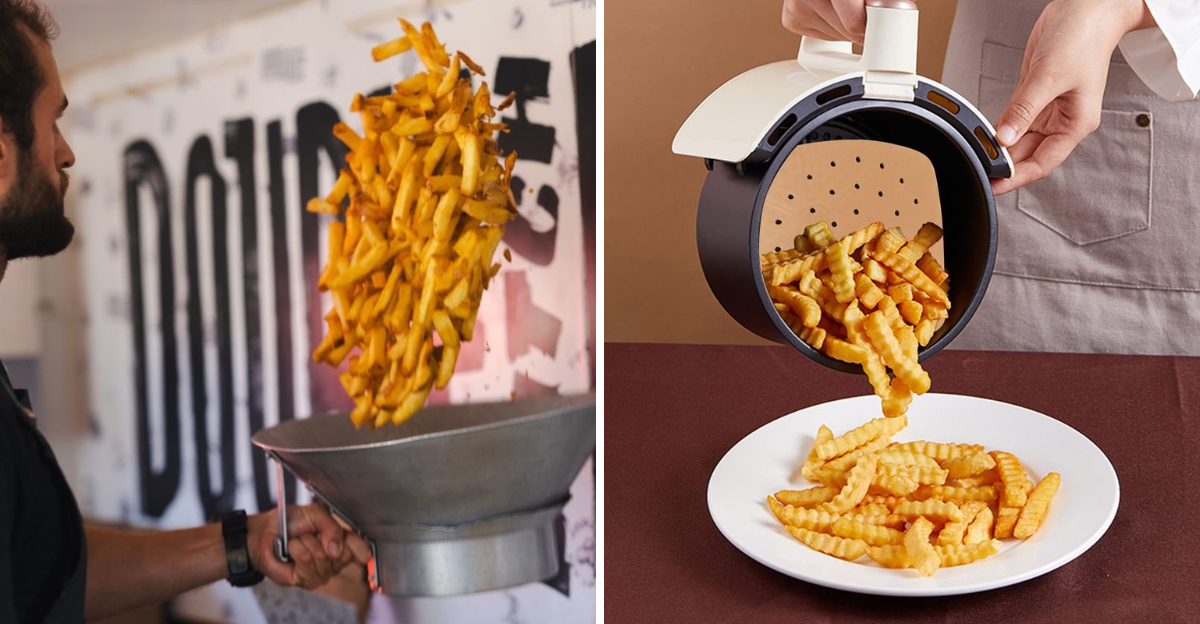
Achieving the perfect crispy texture for frozen fries can be a challenge. Some common mistakes can lead to soggy, limp fries, but with a few simple fixes, you can enjoy golden, crunchy fries every time. Here we explore six mistakes that could be ruining your fries and nine easy solutions to ensure perfect crispiness.
1. Putting Fries on a Cold Pan
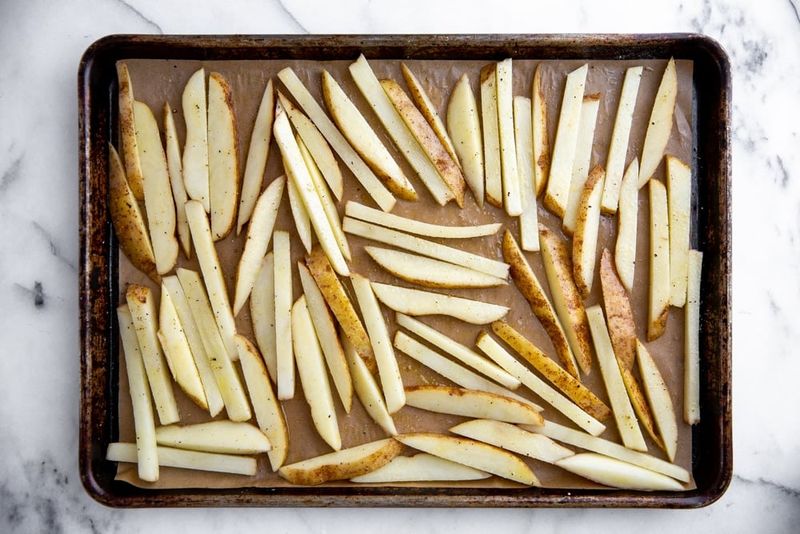
It may seem trivial, but placing frozen fries on a cold pan can ruin their texture. The lack of initial heat causes the fries to cook slowly, leading to soggy bottoms. You need high heat to seal in the crispiness from the start. Begin by preheating the baking sheet to ensure that the fries start cooking immediately. When you hear that sizzle, you know they’re on their way to becoming perfectly crispy. Have you ever noticed those uneven browning spots? That’s what happens when fries are not given the right platform to shine.
2. Overcrowding the Tray
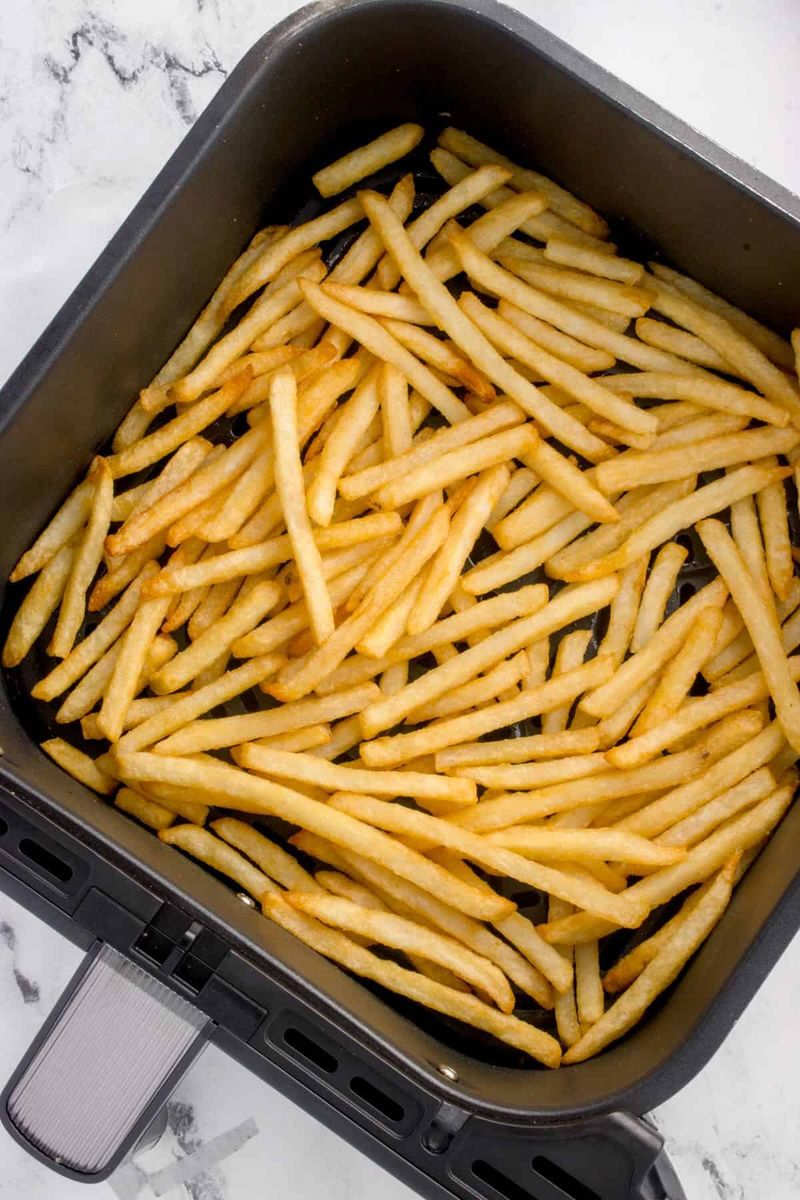
Overcrowding is a common mistake that sacrifices fry quality for quantity. Piling too many fries on a single tray leads to steaming instead of crisping. When fries are stacked, air can’t circulate properly, and they end up soggy rather than golden brown. To avoid this culinary mishap, spread the fries out on the tray with space in between. This allows for even heat distribution, transforming each fry into a crunchy delight. Curious about why restaurant fries are always crispy? They never overcrowd their fryers!
3. Skipping Oil
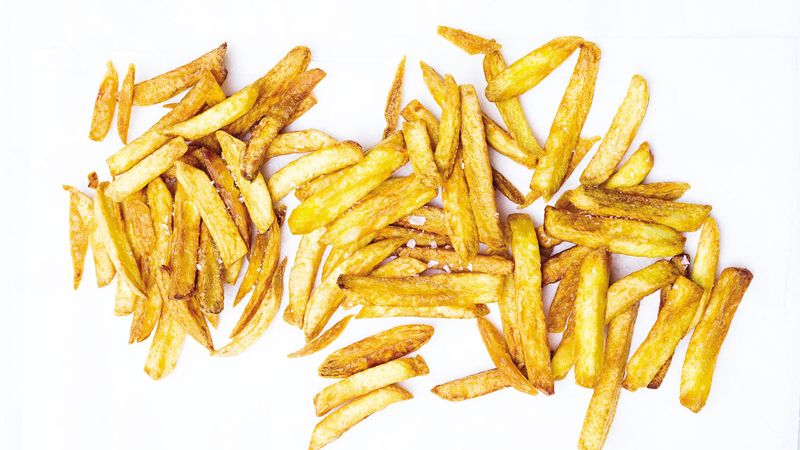
Even though many frozen fries are pre-oiled, a little extra oil can make a big difference. It helps achieve a golden and crispy finish that plain baking can’t. A light mist of cooking spray or a quick toss in oil can enhance the texture and color of your fries. This simple step adds that professional touch to your home-cooked fries, making them irresistibly crispy. Ever wonder why your fries lack that restaurant shine? That tiny hint of oil is the secret.
4. Using Low Oven Temperatures
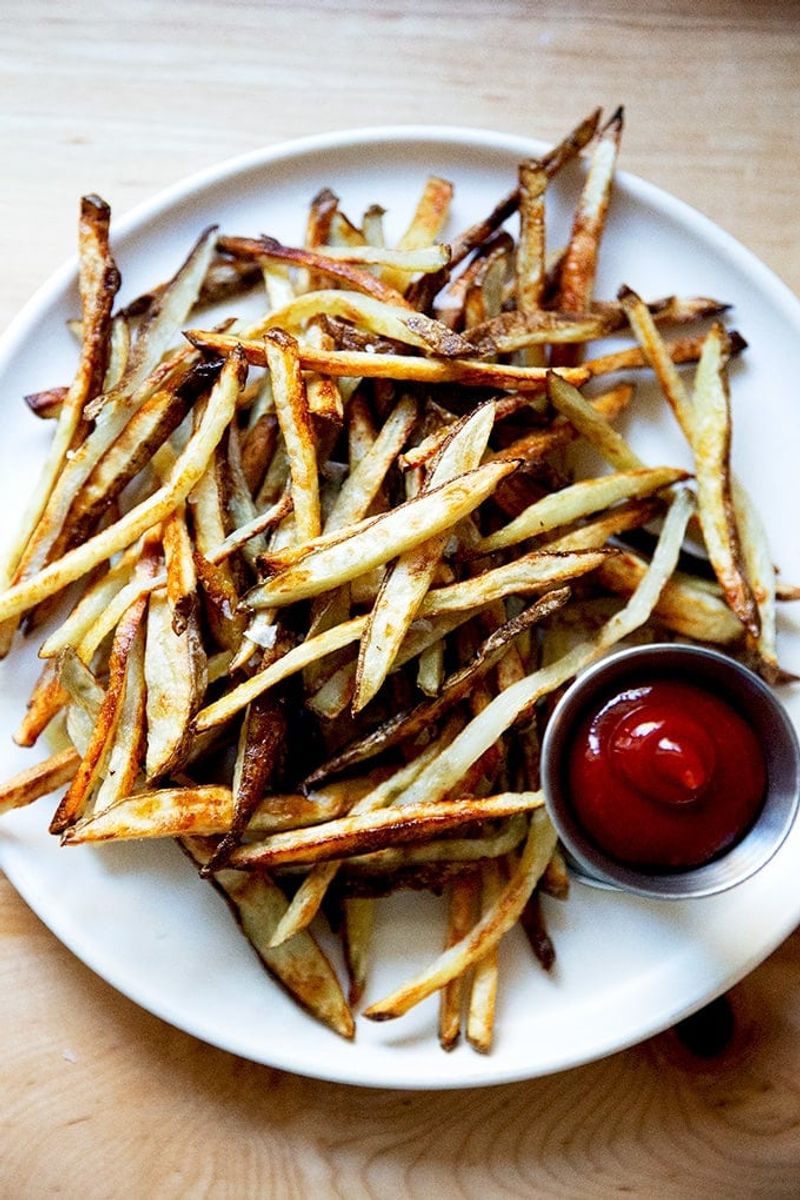
Cooking frozen fries at temperatures lower than 400°F can result in disappointing outcomes. A lower temp bake means fries that are pale and limp, never reaching their full crisp potential. Heat is a crucial element in achieving the desired crunchy exterior. By setting your oven to at least 425°F, you maximize that crispy outer layer while keeping the inside fluffy. Want fries that rival your favorite fast-food chain? Crank up that heat and let them reach their true crunchy potential.
5. Not Flipping or Shaking
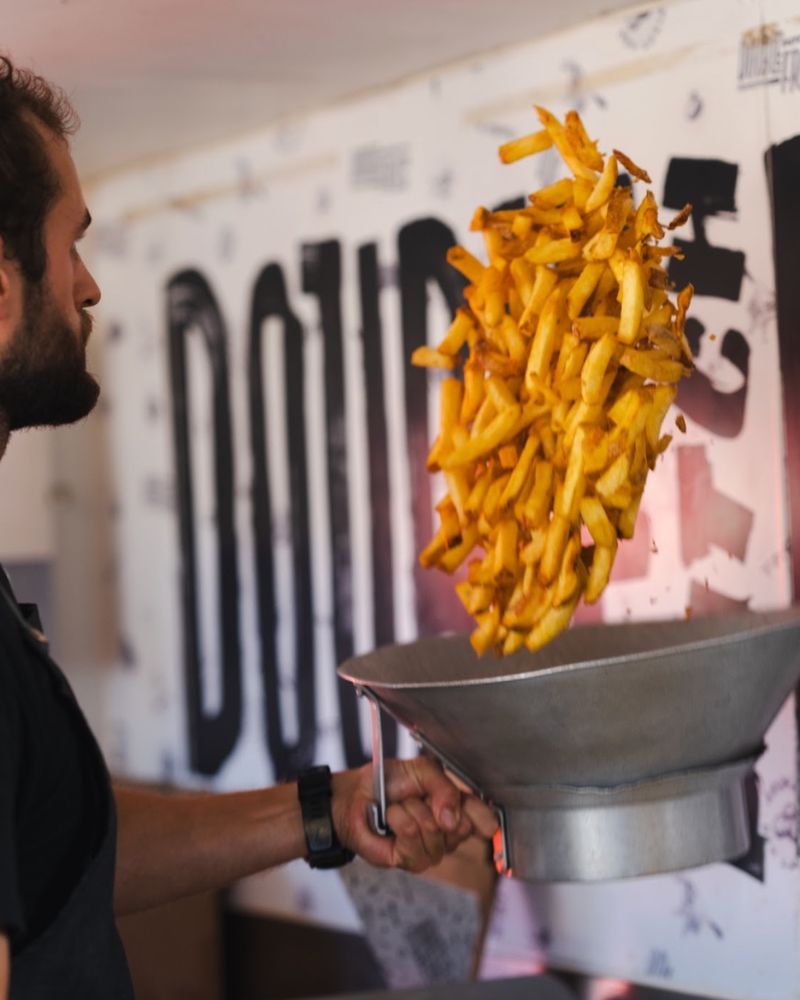
Fries need movement during cooking to ensure even browning and crispiness on all sides. Neglecting to flip or shake the fries results in one side being crispy while the other remains mushy. By setting a timer to rotate or shake the tray at the halfway point, you can ensure every fry gets its share of golden goodness. It’s such a small action, yet it makes a significant difference. Have you ever thought, “Why are some fries perfect while others are not?” It’s all in the flip!
6. Following the Bag Instructions Exactly
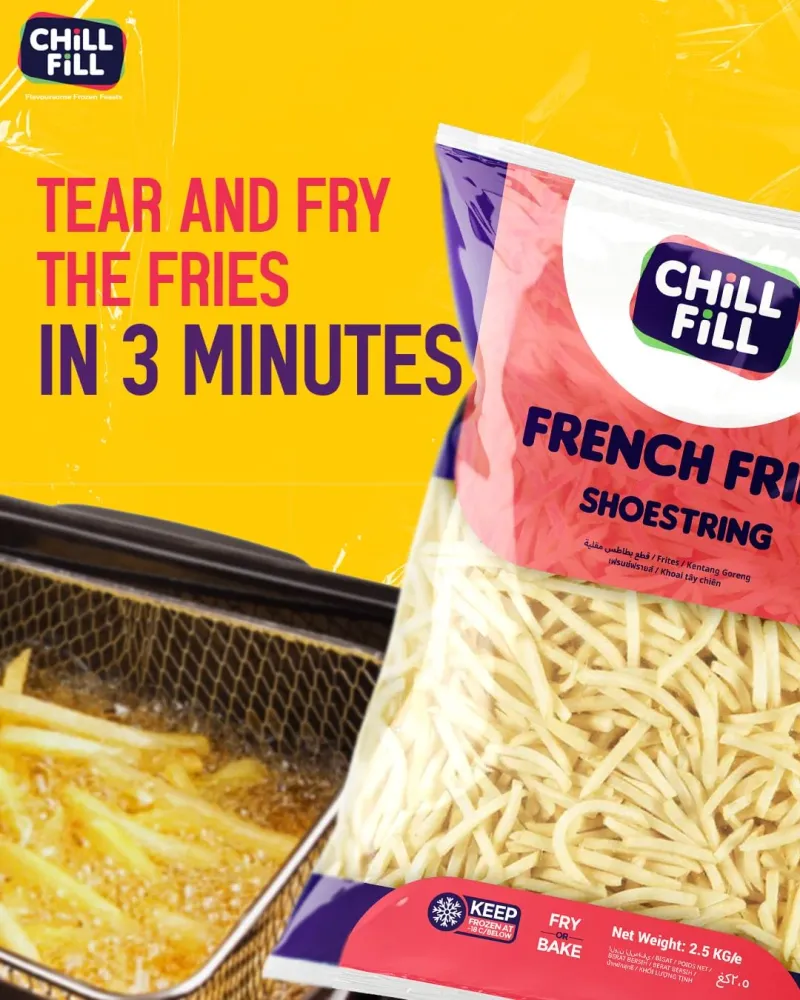
Frozen fry packaging often provides suggested cooking times, but it’s crucial to understand these are just guidelines. Every oven and air fryer is different, and fries can vary in cut and thickness. Relying solely on these instructions can lead to undercooked or overcooked fries. Adjusting the time based on your specific equipment and preferences ensures optimal crispiness. If you’ve ever thought, “These fries aren’t quite right,” it’s time to consider experimenting beyond the bag’s advice.
7. Preheat Your Pan or Air Fryer
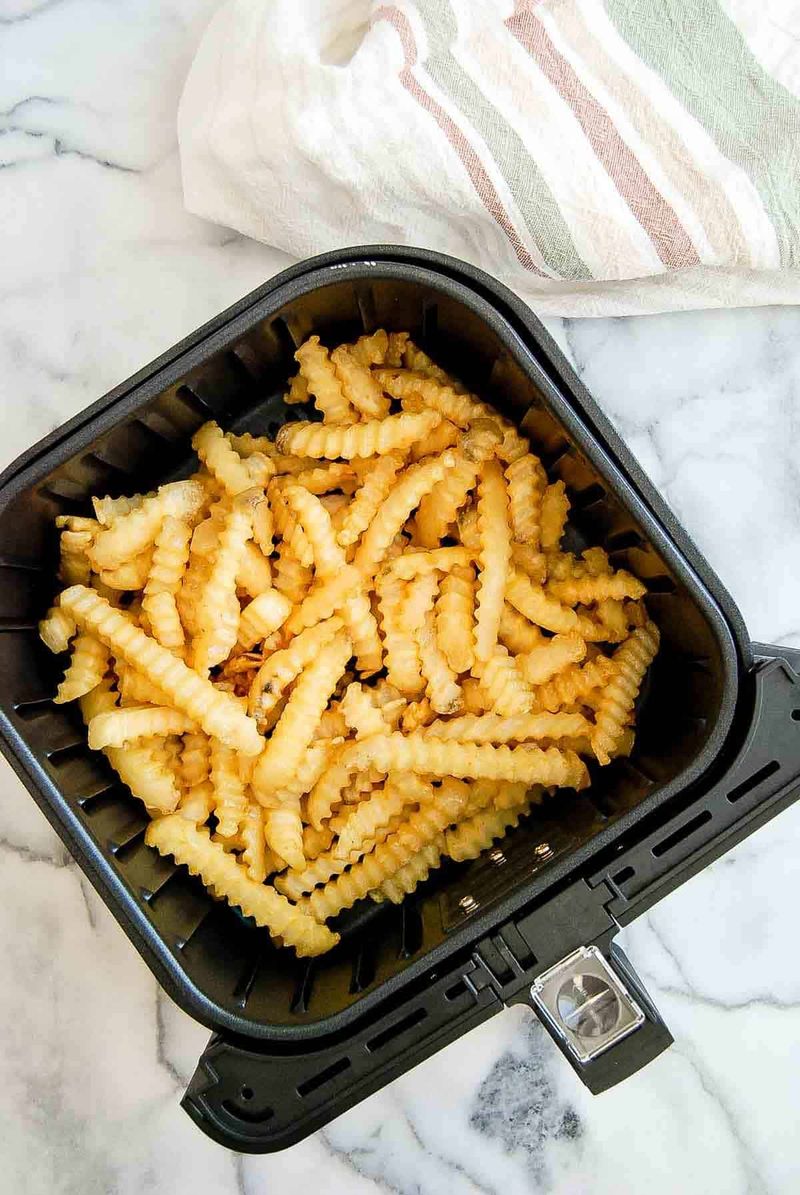
Preheating the cooking surface is essential for crispy fries. A hot baking tray or air fryer basket means that your fries will start crisping from the very first second. This practice seals in the moisture, allowing for a delicious crispy exterior. It’s the secret weapon for achieving that restaurant-quality fry crunch. Ever wondered why homemade fries sometimes fall flat? Preheating is the step that makes all the difference. It’s the foundation for a perfect fry experience.
8. Use a Bit of Oil (Yes, Even With Air Fryers)
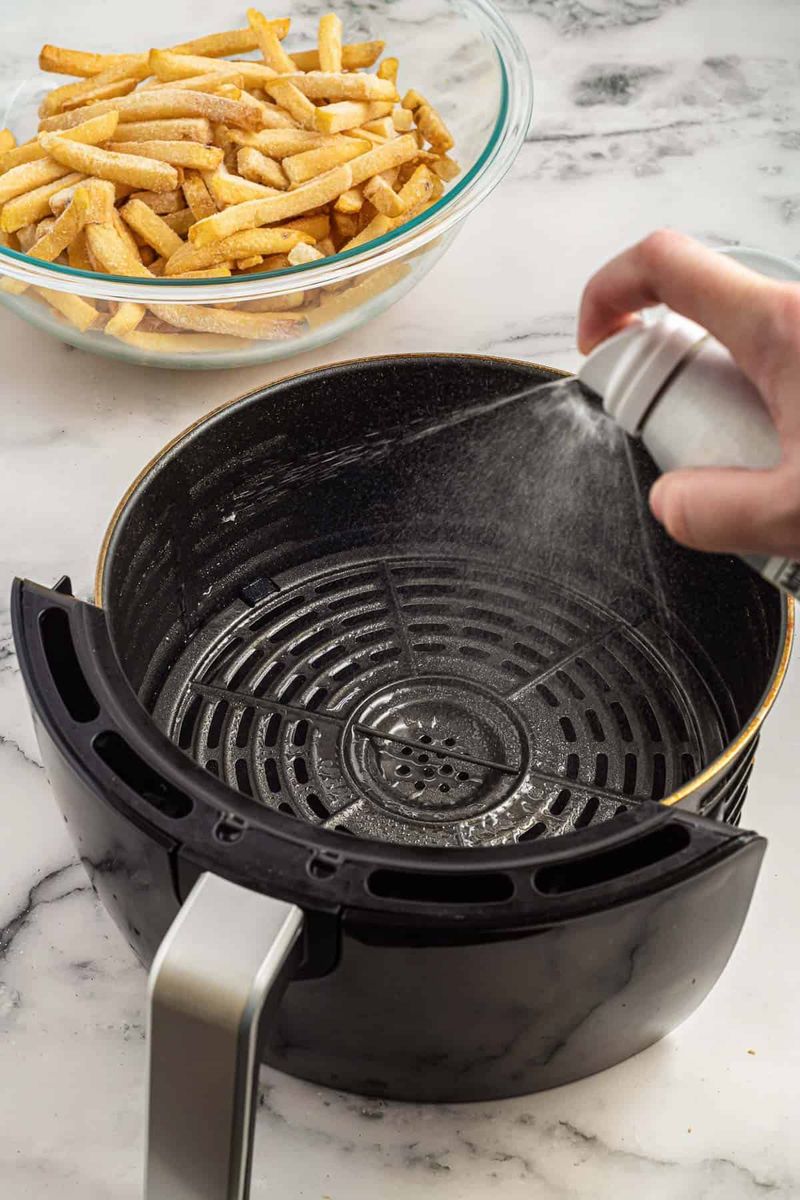
A touch of oil, even with air fryers, can elevate your fry game. High-smoke-point oils like avocado or canola give your fries a golden finish without compromising health benefits. Simply spray or lightly coat your fries to achieve that perfect balance between crispy and healthy. This small addition can transform your fries from ordinary to extraordinary. Does your mind often wander to those mouthwatering fries at your favorite eatery? The secret is a little oil magic.
9. Don’t Skip the Seasoning
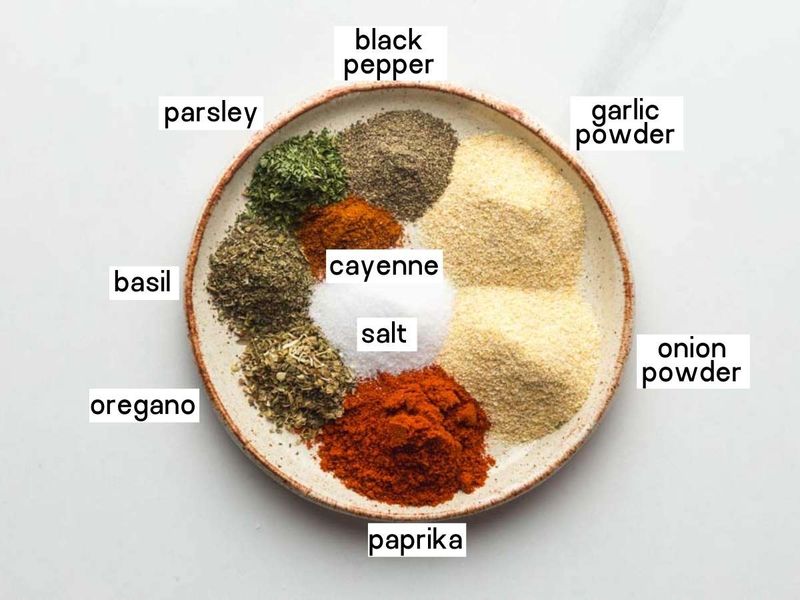
Seasoning can turn a good batch of fries into a great one. While salt is classic, experimenting with flavors like garlic powder, smoked paprika, or parmesan can transform your fries into a gourmet experience. Seasoning adds layers of flavor that complement the crispy texture, making every bite an adventure. Who says fries have to be bland? With the right seasoning, fries become a canvas for culinary creativity. Ever craved fries that are more than just salty? Spice them up for a delightful surprise!
10. Cook at 425°F or Higher
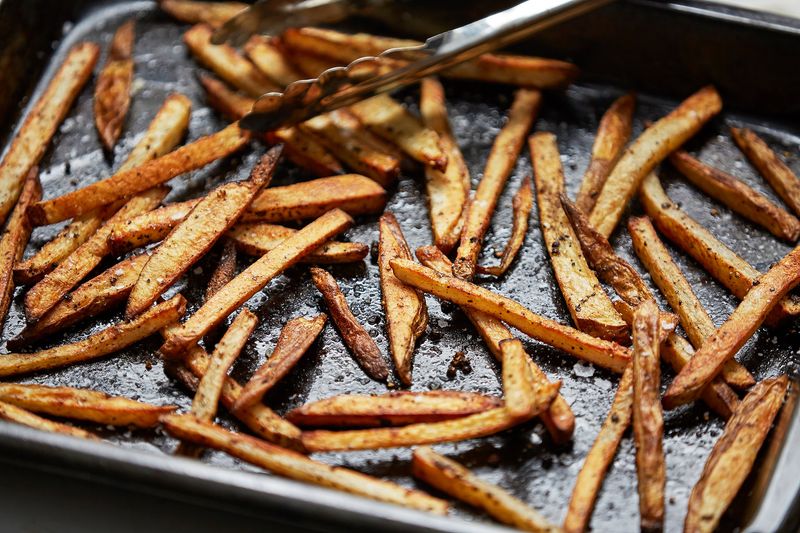
For fries that are crispy on the outside and fluffy on the inside, cooking at a high temperature is essential. Setting your oven to 425°F or higher ensures a quick, intense cook that locks in flavor and texture. This method prevents the fries from drying out while achieving the perfect golden crust. Have you been searching for that secret to the best homemade fries? High heat is the game-changer. It’s the key to unlocking the fries’ full potential, making each batch a triumph.
11. Flip or Shake Halfway Through
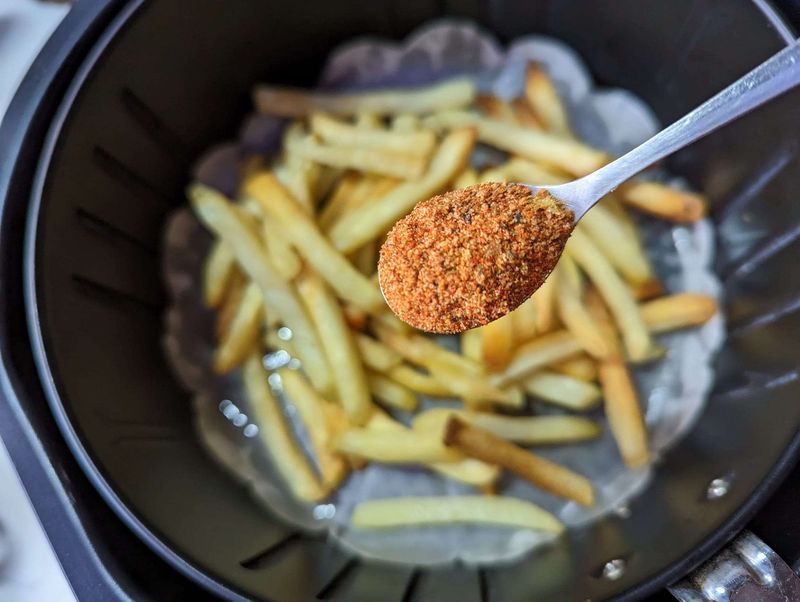
Mid-cook movement is vital for evenly crispy fries. Flipping or shaking the tray halfway through ensures each fry gets equal exposure to heat. This easy step eradicates uneven textures and promotes uniform crispiness. It’s a quick fix that delivers significant results. Ever wondered why some fries are perfectly golden while others aren’t? Shaking things up halfway through is the answer. It’s a simple yet effective strategy to achieve a consistently satisfying crunch across the board.
12. Line the Tray with Parchment or Foil (But Not Always)
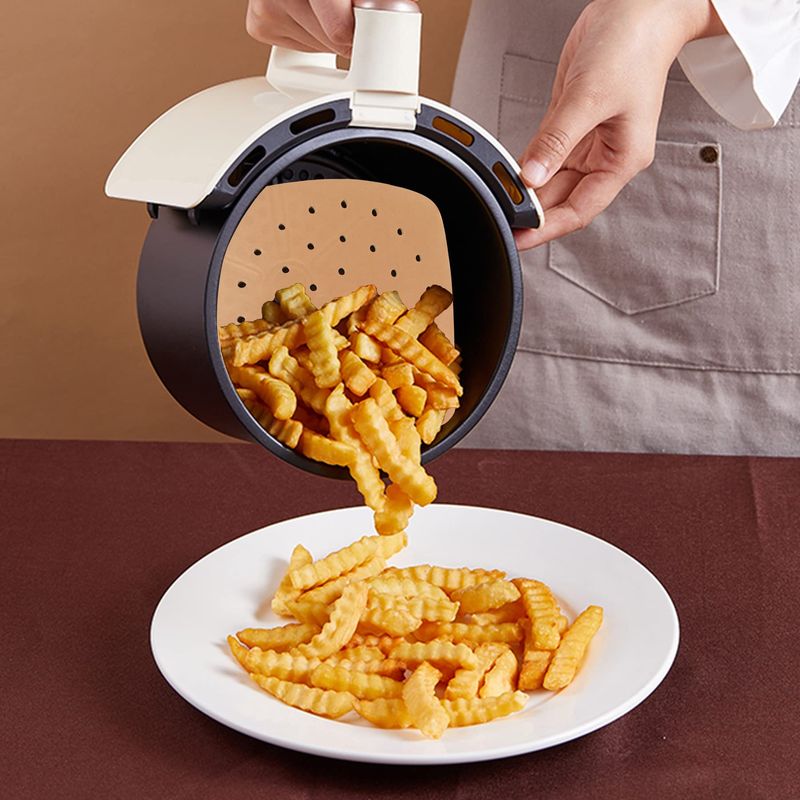
Lining your tray with parchment or foil can prevent fries from sticking, but it’s not always necessary. Parchment paper creates a non-stick surface that aids in even cooking and easy removal. However, foil should only be used if your air fryer manual permits it. This technique helps maintain fry integrity, ensuring every piece is perfectly cooked. Ever dealt with fries stubbornly glued to the pan? A little parchment paper can be the hero of your frying endeavor.
13. Use Two Pans for Bigger Batches
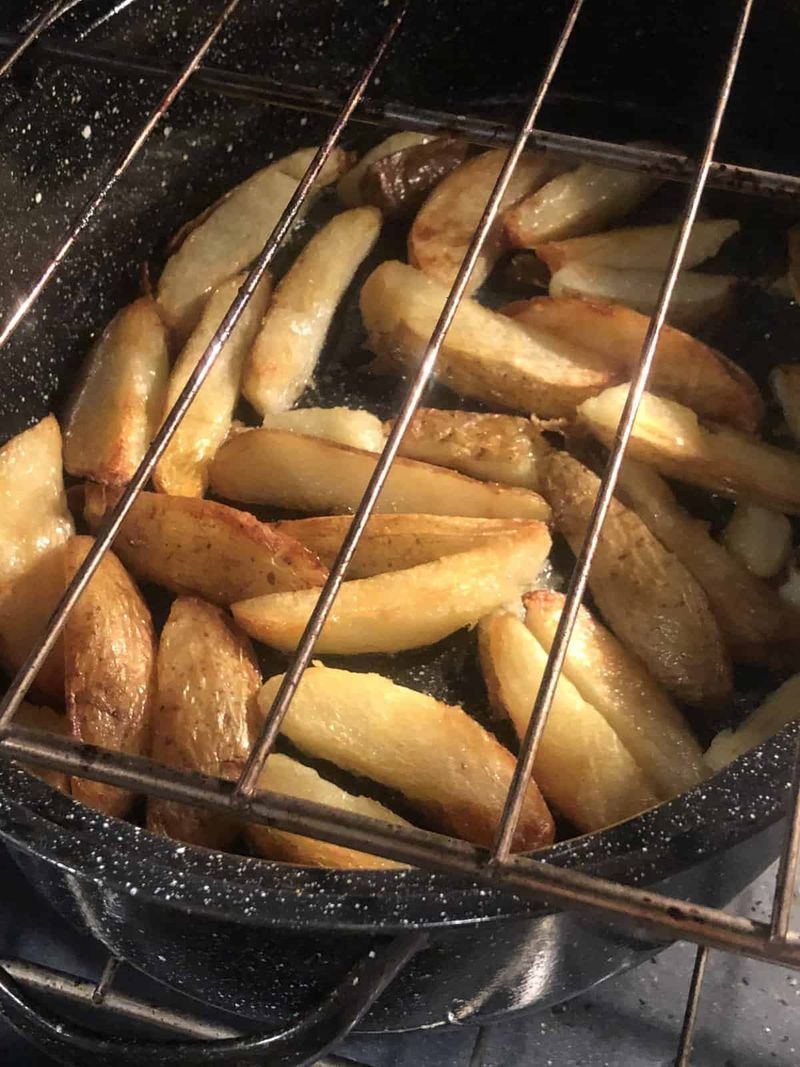
Cooking for a crowd? Splitting your fries between two pans ensures they have enough space to crisp up properly. This method avoids overcrowding, promoting airflow and even heat distribution. It’s a pro tip for hosting large gatherings without sacrificing quality. If you ever find yourself wondering where things went wrong with a big batch, consider using more pans. It’s a simple adjustment that makes a world of difference, turning a potential fry disaster into a crunchy success.
14. Air Fryer = Crunch King
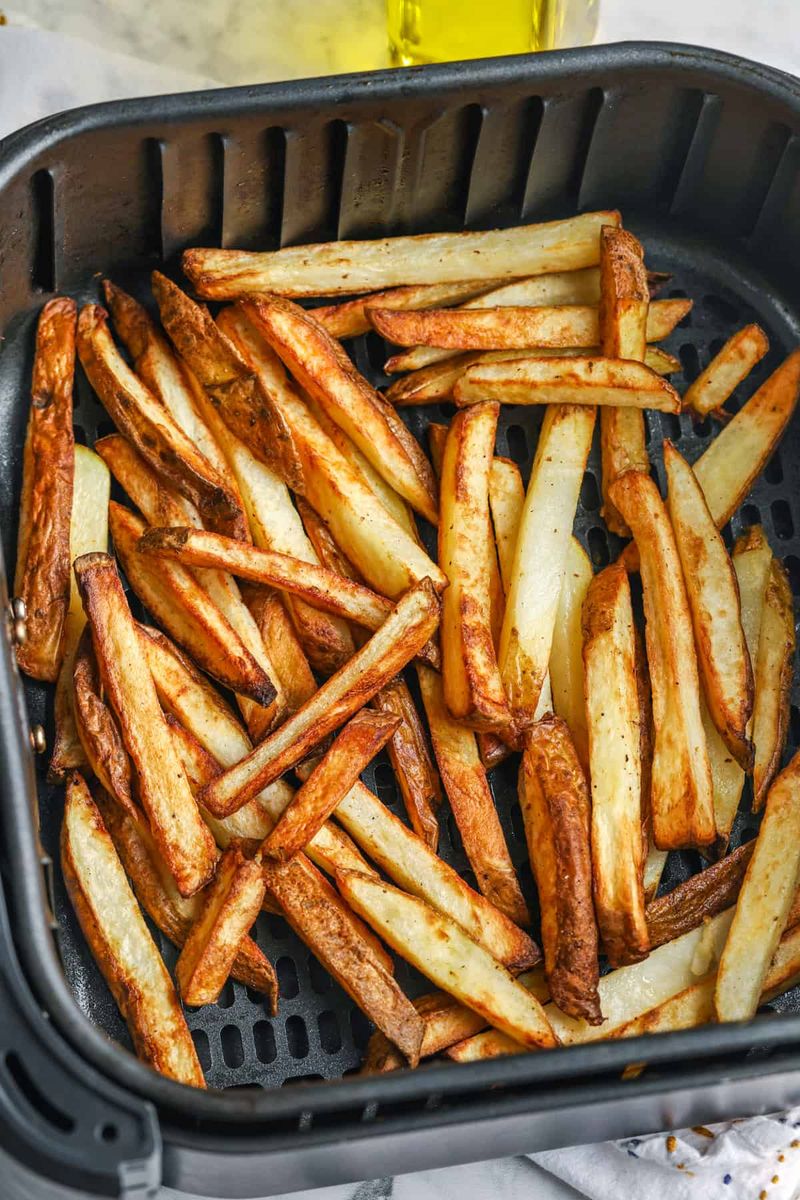
The air fryer is revolutionizing the way we enjoy fries. Known for its ability to deliver a deep-fried crunch with minimal oil, the air fryer has become a household favorite. It cooks faster and uses less oil, making it a healthier alternative to traditional frying. Wondering how to replicate that perfect restaurant fry at home? The air fryer is your secret weapon. It brings the crunch without the guilt, making it an essential tool for any fry lover.
15. Serve Immediately
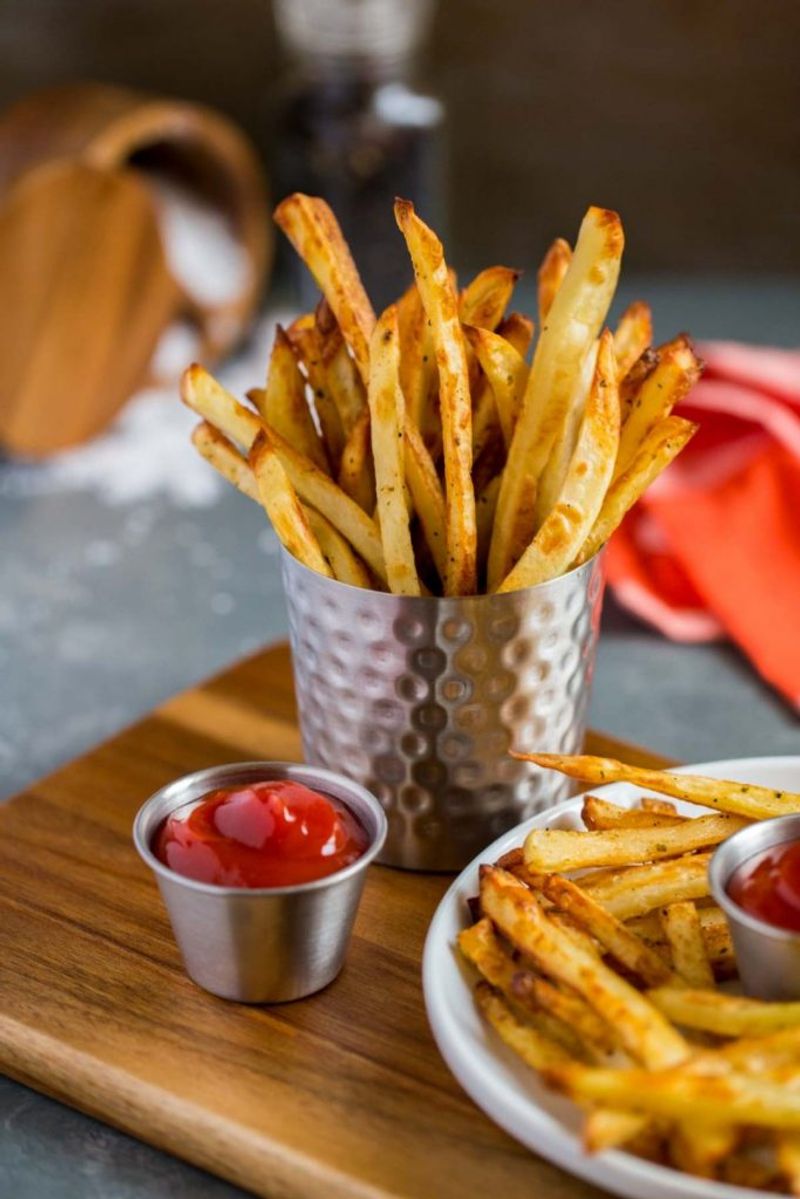
Timing is everything when it comes to serving fries. Letting them sit for too long can lead to loss of crispiness, turning a perfect batch into a disappointing one. Having everything ready for serving ensures you enjoy them at their peak. Your dips, plates, and utensils should be on standby the moment they come out of the oven. Have you ever experienced the heartbreak of soggy fries? Serving immediately keeps them irresistibly crunchy, making every bite as delightful as the last.
